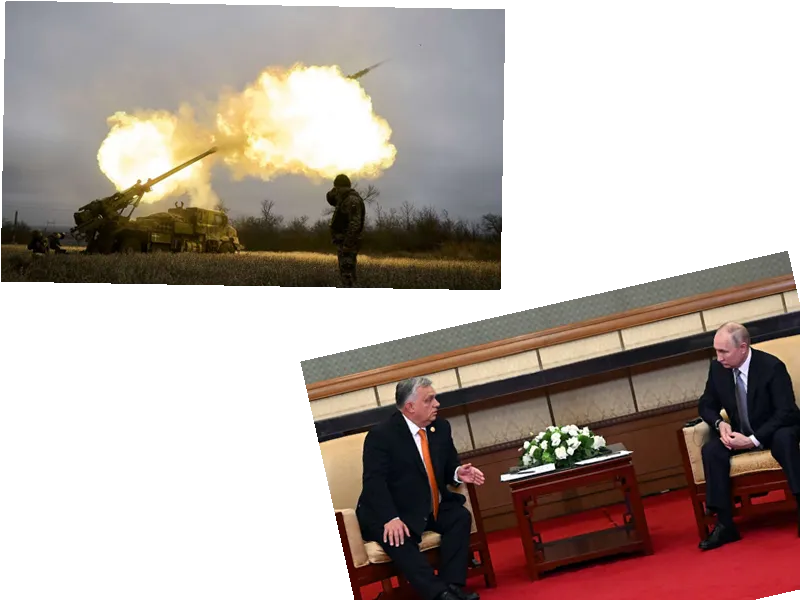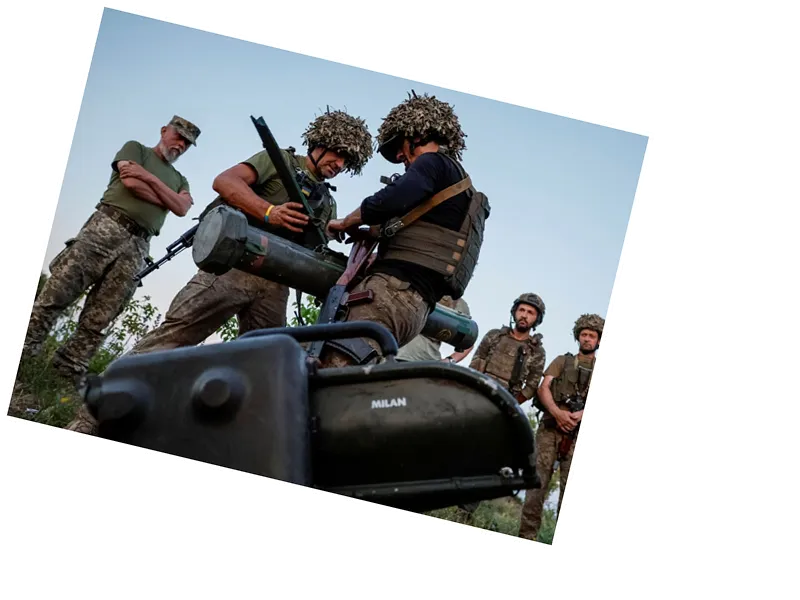Heavy Fighting and Drone Attacks in Eastern Ukraine
The Ukraine war continues to escalate with heavy fighting in the eastern regions. On the night of July 4-5, Russian forces launched an attack using 32 Shahed-131/136 drones, all of which were successfully shot down by the Ukrainian Air Force. The drones were launched from near Kursk and Primorsko-Akhtarsk and targeted multiple regions including Mykolaiv, Odessa, Kherson, Dnipropetrovsk, Kyiv, Chernihiv, and Cherkasy.
Political Maneuvering Amid the Conflict
Hungarian Prime Minister Viktor Orbán's recent visit to Kyiv and the rumors of his potential visit to Moscow have stirred significant controversy. Orbán proposed a ceasefire to Ukrainian President Volodymyr Zelensky, but both Zelensky and Russian President Vladimir Putin have refused any ceasefire without preconditions. Orbán's actions have drawn criticism from EU leaders, with EU Council President Charles Michel emphasizing that the rotating EU Presidency has no mandate to negotiate with Russia.
The British Ministry of Defense has reported that Russia systematically steals minerals and resources from occupied Ukrainian territories, further weakening Ukraine's economy. Additionally, the slow delivery of promised weapons from Ukraine's partners has exacerbated the situation on the front lines, affecting 14 brigades.
Losses and Strategic Movements
The Ukrainian military has reported significant Russian losses, with around 1,200 Russian soldiers killed or wounded in one day. The ongoing conflict has also resulted in the destruction of important energy infrastructure in Ukraine, leaving thousands without electricity. The situation in the city of Chasiv Yar remains critical, with conflicting reports about control over certain districts.
In a related development, eight employees of the Zaporizhzhia nuclear power plant were injured in a drone attack on a substation in Enerhodar. The attack has raised concerns about nuclear safety, with IAEA chief Rafael Grossi condemning the repeated drone attacks.
International Reactions and Military Aid
The USA has announced further military aid to Ukraine amounting to around 2.3 billion US dollars, which includes additional anti-aircraft missiles, anti-tank weapons, and other munitions. This aid is crucial for Ukraine as it continues to defend itself against the Russian invasion.
- The Hungarian Prime Minister's actions have been met with significant backlash from EU leaders and neighboring countries. Polish Prime Minister Donald Tusk openly questioned Orbán's rumored visit to Moscow on social media, while EU Council President Charles Michel reiterated that the EU Presidency has no mandate to negotiate with Russia.
- Orbán's government has not confirmed the visit to Moscow, but his spokesperson has stated that Orbán will use his EU Presidency to promote 'peace' and other priorities. The Hungarian government has been known to delay and torpedo sanctions against Russia, causing further friction within the EU.
- The situation on the front lines in Ukraine remains dire, with slow arms deliveries from international partners exacerbating the challenges faced by Ukrainian forces. President Zelensky has emphasized the need for timely support to overcome the bottlenecks affecting 14 brigades.
- The drone attack on the Zaporizhzhia nuclear power plant substation has raised serious concerns about nuclear safety, with IAEA observers stationed on-site to monitor the situation. The attack highlights the ongoing risks to critical infrastructure in the region.






